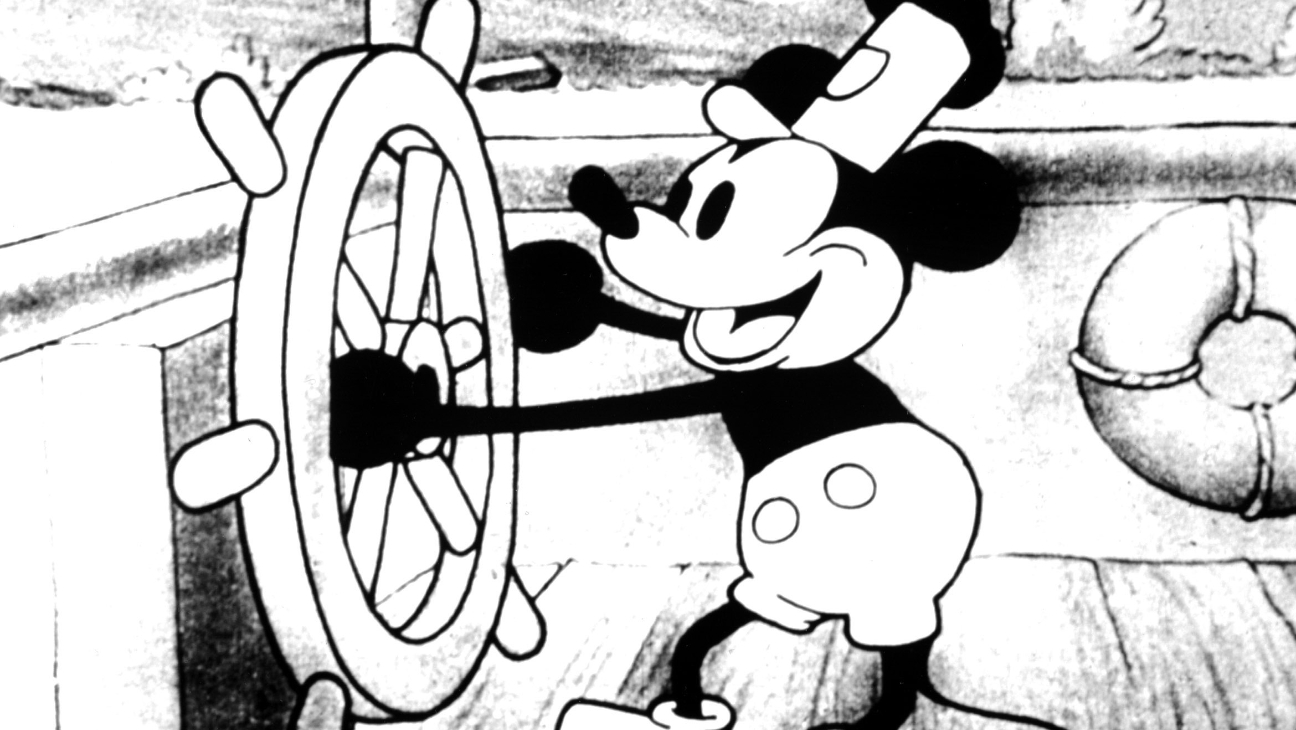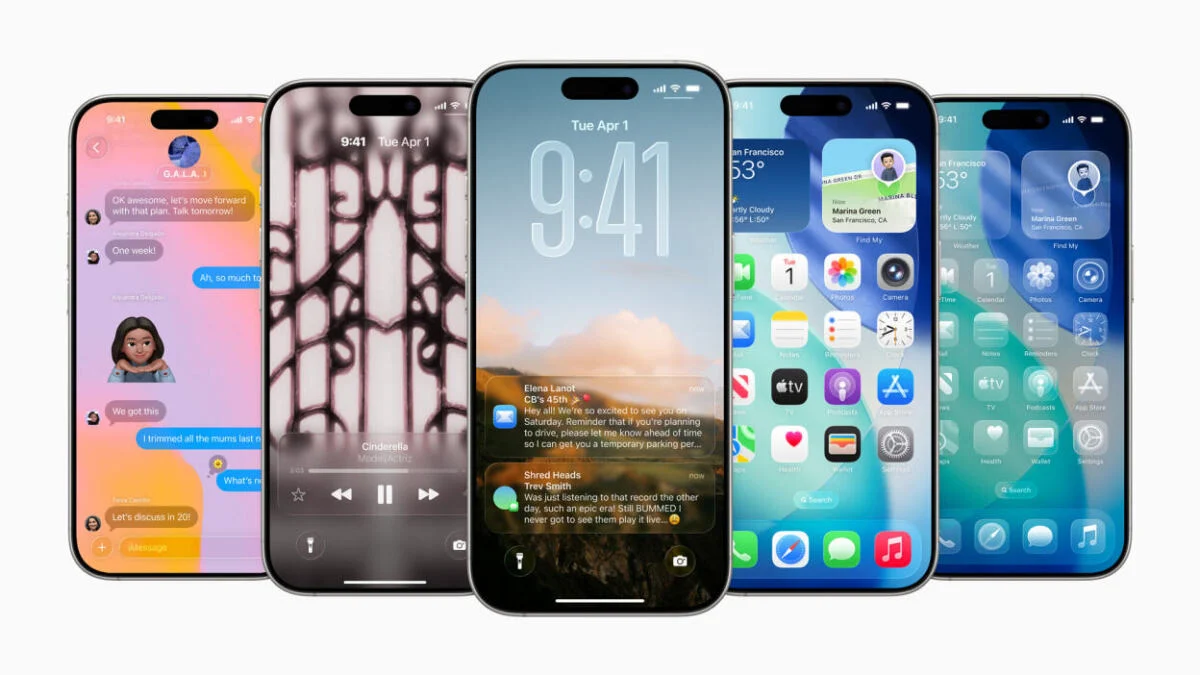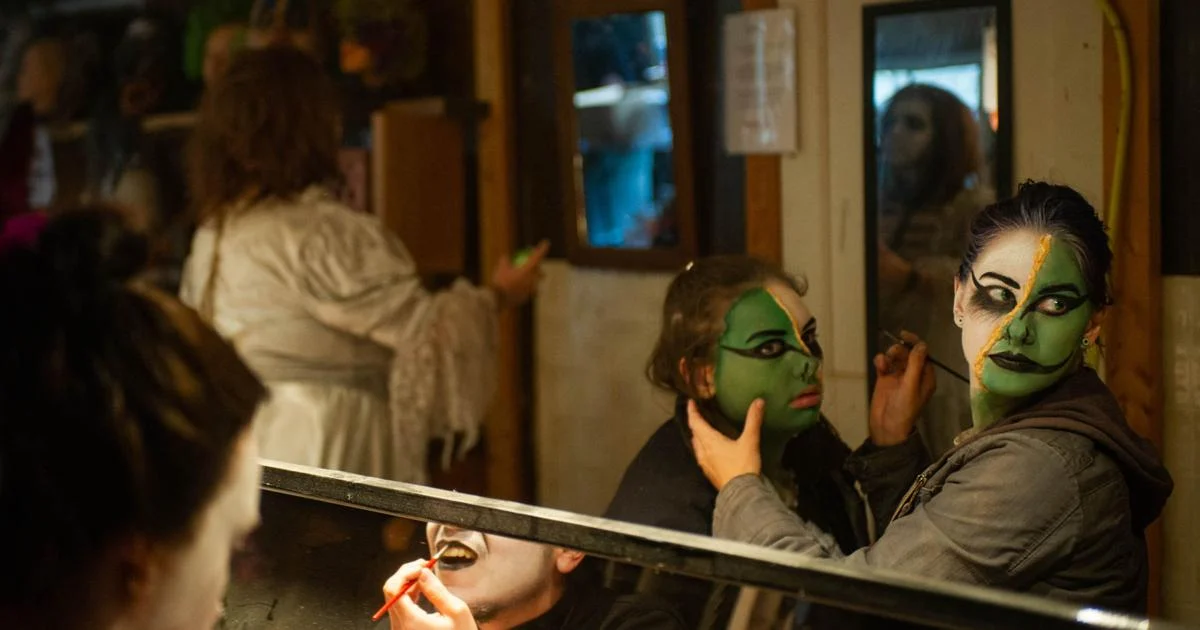
Disney is continuing to enforce its intellectual property rights to characters in Steamboat Willie, the first animated short to depict Mickey Mouse that entered the public domain last year.
Personal injury law firm Morgan & Morgan intended to push a nationwide advertising campaign featuring the character but was met with resistance by Disney’s legal team. It has filed a lawsuit seeking a court order that the commercial doesn’t violate any of Disney’s rights.
The filing follows Disney in July suing a jewelry company whose product designs incorporate Steamboat Willie‘s Mickey Mouse, though it appears as if it’s trying pass off the merchandise as coming from the entertainment giant. Disney still retains copyrights for later iterations of the characters, as well as trademarks, which vastly limit exploitation from competitors.
Mickey Mouse was first introduced with the 1928 release of Steamboat Willie. At the time, Disney was afforded 56 years of protection for the character.
But with the copyright set to expire in 1984, it lobbied for reform allowing ownership of works by corporations for 75 years.
And in 1998, Disney was again able to delay the entry of Mickey Mouse into the public domain through a law that extended protection of copyrights by corporations for 95 years from their original publication. This pushed the expiration of Disney’s copyright for Steamboat Willie to 2024.
Morgan & Morgan filed the lawsuit in Florida federal court last week after Disney declined to clarify whether it would initiate legal action over its ad. The 37-second, black and white commercial shows Mickey crashing a boat into Minnie Mouse, prompting her to call the law firm. It includes a disclaimer saying that the video isn’t endorsed by or associated with Disney.
The lawsuit cites Disney’s “history of aggressive enforcement of intellectual property rights,” the company’s “refusal to disclaim an intent to engage in enforcement against” Morgan & Morgan and recent litigation involving Satéur, the jewelry company.
In that complaint, Disney argues that the expiration of its copyright to Steamboat Willie doesn’t allow competitors to infringe on its trademarks, which protect brands. Notably, the entertainment giant maintains a substantial business through which it licenses Mickey Mouse for use in merchandise, which includes jewelry.
Satéur doesn’t have the right to “infringe Disney’s continuing rights over its trademarks that identify Disney as the source of goods and services and to profit off the goodwill that Disney has built with the public over decades,” writes Kelly Klaus, a lawyer for the complaint, in the complaint. “As Disney has stated publicly, while copyright expired in the Steamboat Willie motion picture, Mickey Mouse will continue to play a leading role as a global ambassador for Disney.”
Customers have filed complaints with the Better Business Bureau against Satéur, per the lawsuit. One reads that the company’s jewelry is “not good quality and looked extremely fake; another reads, “This is a scam if I have ever seen one.”
Years ago, Disney, which didn’t respond to a request for comment, adapted a clip from Steamboat Willie as its logo, which may reinforce its trademark over the earlier version of Mickey Mouse.
Still, Disney’s aggressive enforcement of its intellectual property rights hasn’t stopped enterprising companies from exploiting Mickey Mouse once its entered the public domain. Screamboat, a horror movie that spoofs the character, debuted earlier this year.



